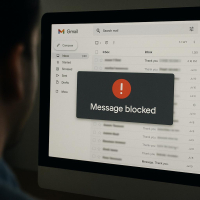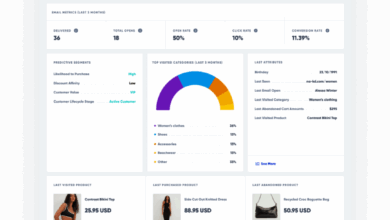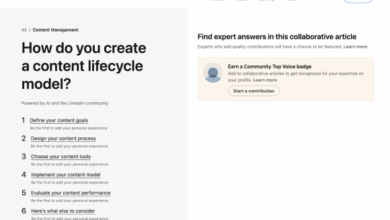When Google Blocks Your Emails and No One Tells You Why


The company’s CTO, reflecting on a six-month internal review, summed it up:
“We weren’t suspended. We weren’t hacked. We just… couldn’t email Gmail anymore. And we had no idea why.”
A Growing, Opaque Problem
What you’re experiencing isn’t rare. Thousands of small businesses and even mid-sized enterprises have faced:
- Gmail silently dropping or rejecting emails from valid domains
- Messages routed straight to Spam or Promotions
- Rate limiting of emails from certain IPs or mail servers
- Delivery issues tied to new domains or SMTP relays
And critically: no feedback loop, no transparent policy violation, and no support line at Google.
This is especially problematic for businesses that:
- Use third-party email delivery services (e.g. SendGrid, Mailgun, Zoho)
- Host email through non-Google platforms (e.g. Microsoft 365, cPanel, self-managed servers)
- Launch new domains or migrate email providers
- Send to high Gmail-user client bases (B2C, SaaS, health, education, etc.)
Why It Happens
Here’s what’s likely behind your Gmail block:
1. Google’s Ultra-Sensitive Anti-Spam Filters
Google uses ML-based algorithms that analyse:
- Sender domain reputation (domain age, frequency, historical complaint ratio)
- IP address trust signals
- SPF, DKIM, and DMARC validation (even slight misconfigs can trigger filtering)
- Content similarity to phishing/spam templates
- User engagement signals (Gmail recipients marking mail as spam or ignoring)
2. Shared IP Reputation
If you’re using a shared mail service (like Zoho or SendGrid), your domain may inherit the reputation of other users on that server. One bad actor affects everyone.
3. Lack of Warm-Up or Engagement History
New domains or inactive sender accounts often get flagged as suspicious due to low engagement metrics or absence of a sending pattern.
4. Absence of Google Feedback Loops
Unlike Microsoft’s SNDS or Yahoo’s Complaint Feedback Loop (CFL), Google offers no robust sender dashboardunless you’re using Gmail or certified providers. You get no notice when your emails go to spam or are throttled.
No One to Call at Google
This is the core issue: there’s no support path for non-Google customers whose emails are blocked from reaching Gmail users. Google has:
- No appeal process
- No dedicated sender support team (unless you’re a Google Workspace enterprise or bulk sender with postmaster access)
- No obligation to notify or respond
Even Google’s own Postmaster Tools provide only partial insights, and require you to hit high enough sending volume to activate.
This isn’t malicious but it’s structurally indifferent.
Strategic Consequences
This situation creates a dangerous reality:
- You can’t communicate with your customers or prospects using Gmail.
- You may never know your emails are being filtered or dropped.
- There is no escalation pathway unless you have Google ad spend or partnerships.
- Your business reputation is impacted silently.
What You Can Do (Proactively)
To mitigate or resolve this issue:
- Set Up Proper Email Authentication
- Ensure your domain has SPF, DKIM, and DMARC correctly configured.
- Use tools like MXToolbox to validate.
- Use Reputable SMTP Relays
- If you’re using a shared IP, migrate to a dedicated IP or a high-reputation sender.
- SendGrid, Amazon SES, Mailgun all offer premium plans with better isolation.
- Warm Up New Domains Gradually
- Avoid sending high volumes immediately after launch.
- Build a sending history with engaged recipients.
- Register for Google Postmaster Tools
- This won’t fix everything, but it helps you track IP/domain reputation and issues.
- Request Email Placement Tests
- Use tools like MailReach, GlockApps or Litmus to test Gmail inbox placement and uncover issues early.
- Split-Campaign Deliverability
- For Gmail-heavy audiences, segment emails and try alternate relay routes or campaign tools.
Conclusion: Censorship by Algorithm, Without Accountability
While not malicious or monetised like the Meta insider scandal, this issue is just as dangerous: a technocratic indifference to collateral damage. Google owns ~30% of global email traffic. If your messages can’t reach that slice, and you can’t appeal, your business communication strategy is fundamentally broken.
The invisible wall isn’t human corruption it’s algorithmic gatekeeping without human override.




![The Content Marketing Matrix [Free marketing strategy graphic] The Content Marketing Matrix [Free marketing strategy graphic]](https://topsocialmediamarketingagencies.com/wp-content/uploads/2025/08/Examples-of-content-marketing-matrix-700x557-390x220.png)